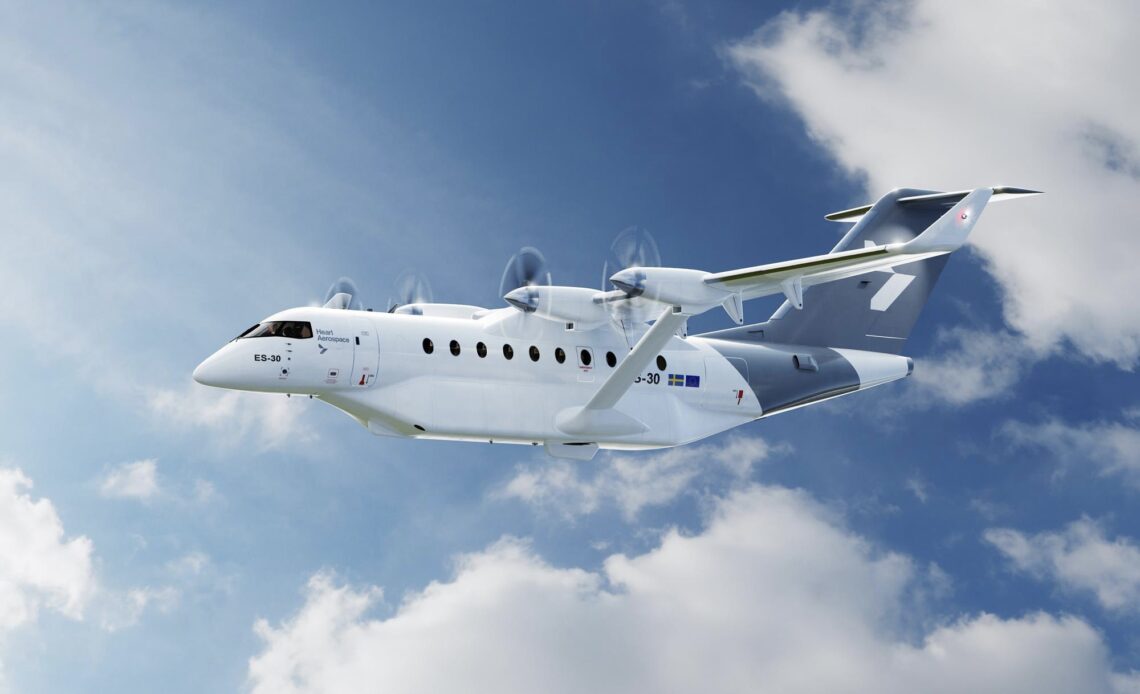With fuel costs rising, governments around the world increasing airport taxes, and the travelling public becoming more and more conscious of their carbon footprint, airlines have been looking for ways to both expand their operations and increase environmental sustainability.
Thus, it comes at no surprise that, following in the footsteps of a few US carriers, Air Canada has announced a purchase agreement for 30 ES-30 electric-hybrid aircraft.
Air Canada Purchases Electric Aircraft
Set to launch in 2028, Air Canada’s 30 ES-30 aircraft will carry passengers across regional and commuter routes. The effects on climate change will be significant, as these are likely to be short routes with multiple daily frequencies.
The ES-30 is a small electric airplane designed by Swedish airplane manufacturer Heart Aerospace with a passenger capacity of 30 and electric motors powered by batteries. There will be minimal noise and zero carbon emissions.
The aircraft will use lithium-ion batteries, and will have a fully loaded range of 200km. With power supplemented by generators, the range can increase to 400km and even 800km if there are 25 passengers or fewer. The ES-30 can be charged to full in 30–50 minutes.
Air Canada will be the launch customer of the ES-30 and has also invested $5 million in Heart Aerospace, all in the hopes of meeting Air Canada’s net zero emissions target for 2050.
Prior to the purchase of the ES-30, Air Canada has already been looking at sustainable aviation fuels and carbon capture as part of their zero-emissions goal.
Cabin Comfort and Potential Routes
With only 30 seats, the ES-30 will be Air Canada’s smallest airplane.
The ES-30 will run along regional and commuter routes with a 2-1 configuration, presumably with only an economy class cabin, similar to the Bombardier Q400s currently used on many commuter routes.
Indeed, the availability of solo seats on this aircraft would be quite welcome. Throw in a quiet cabin and no emissions, and the ES-30 promises to be a unique flying experience on Air Canada’s shorter regional routes.
When it comes to potential routes, I imagine the most likely candidates for the 30-seater ES-30 aircraft would be routes that link major hubs with small but nearby commuter hotspots.
For example, London, Ontario falls within 200km of Toronto Pearson, making it a great candidate for the 45-minute hop. Kingston and…
Click Here to Read the Full Original Article at Prince of Travel…
